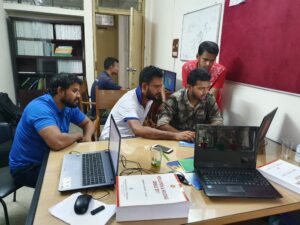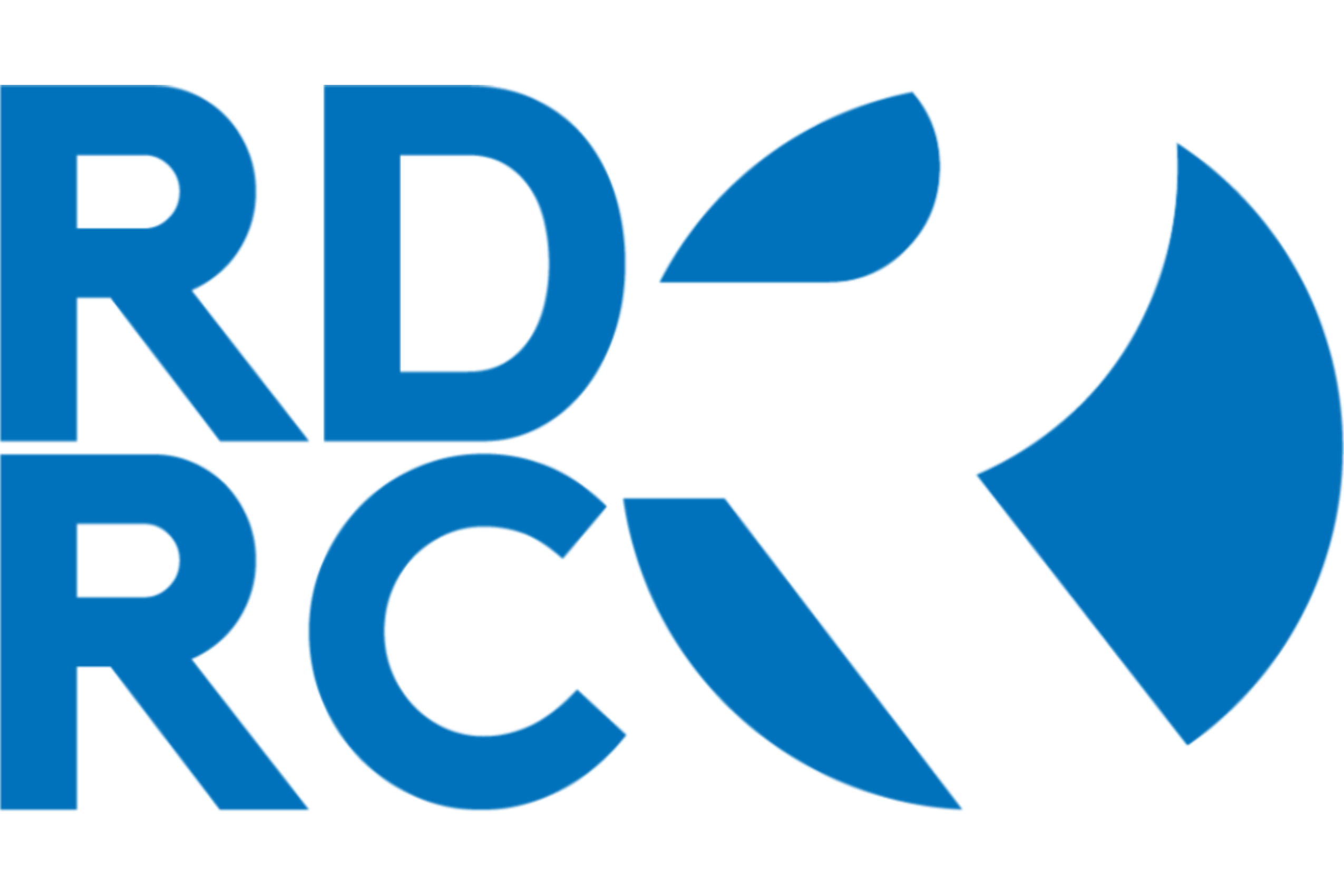 Baseline Survey of 150 Rivers of Dhaka Division
Baseline Survey of 150 Rivers of Dhaka Division
We aim to conduct this baseline survey: (a) to provide comprehensive and updated information on the existing river courses; (b) to address our understanding of the biophysical and social components of rivers, and (c) to recommend policies aiming at the implementation of delta plan 2100 and achieving SDG targets.
FOCUS AREAS:
The available focus areas in this database are divided into the following classes:
1. Temporal and spatial patterns of the rivers;
2. Mapping river encroachment and point and non-point sources of pollution;
3. Cultural and anthropogenic understanding of rivers;
4. IWT and navigation and,
5. River-based socio-economic study.
DELIVERABLES:
To specify these broad data categories, the field baseline survey is designed to find out the following aspects of every river:
• Number of rivers that actually exist including inactive rivers;
• Spatial and temporal mapping of each river;
• Assessment of the chronological shifting courses of the rivers due to natural and anthropogenic causes;
• Erosion and depositional processes of the rivers, including natural and man-made influences;
• Investigating river-induced environmental refugees, e.g., migrants, vulnerable communities, and individuals;
• Mapping the possible point and non-point sources of pollution;
• Anthropogenic physical and cultural structures on the rivers (e.g., sluice gates, bridges, masque, etc.);
• Investigating the existing Internal Water Transport (IWT) channels, the feasibility of IWT development, logistic supports (e.g., boats, launch);
• Understanding the influence of river(s) on the local community, e.g., livelihood, linking to growth centres, agriculture, traditional food, sports, recreation, etc.;
• River-based agricultural practice and management;
• River-based tourism development and management;
• Women’s relationship with rivers and finally,
• Mapping the formal and informal local, national and international economic centres, e.g., ports, EPZ, markets, growth/commercial centres, as well as cultural heritage centres, i.e., mosques, mondirs, architectural and environmental heritage.
